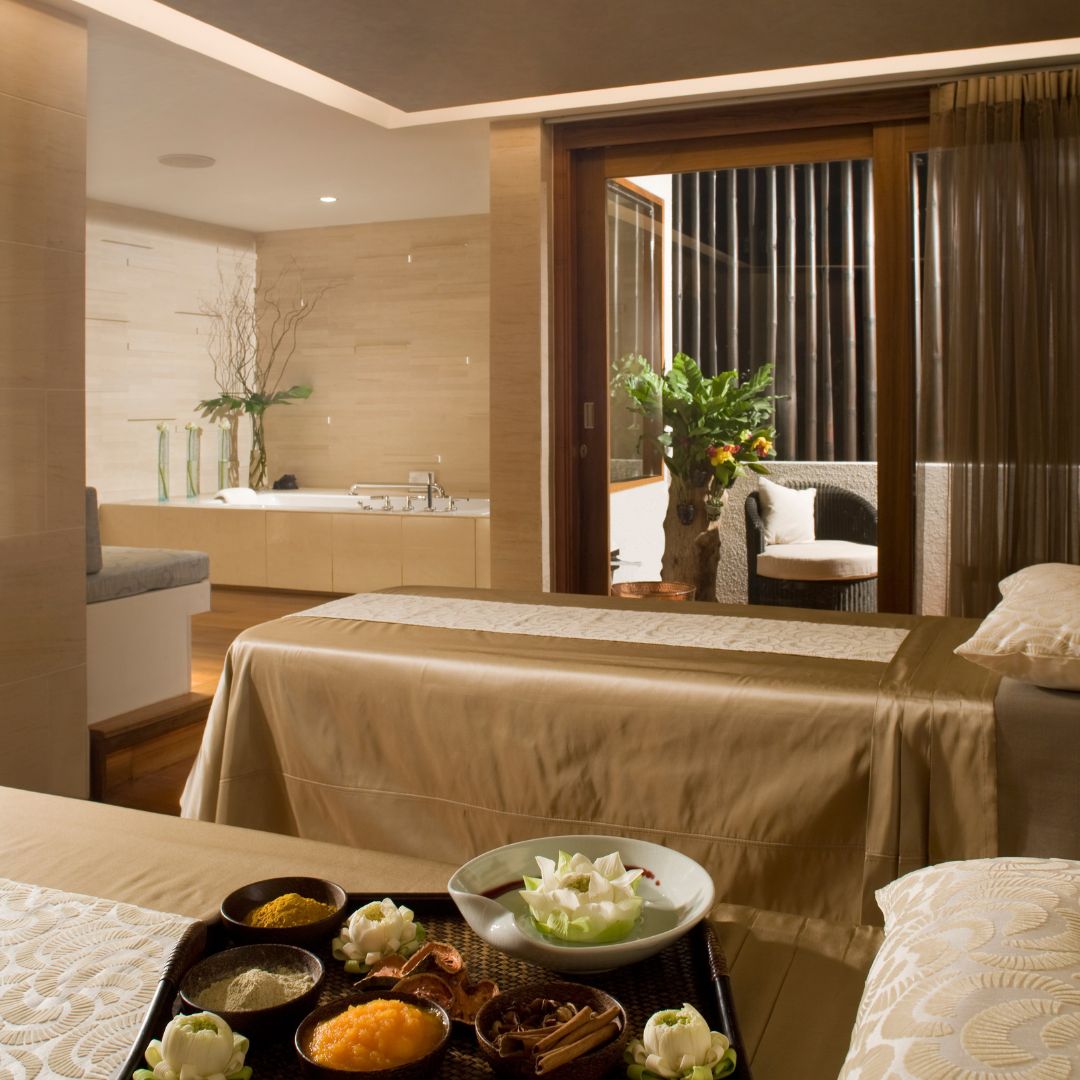Spa design has evolved significantly over the years, transforming from simple wellness retreats into architectural masterpieces. This year’s top spa award nominees showcase breathtaking designs that blend nature, technology, and cultural heritage to create unparalleled relaxation experiences.
From Traditional to Modern: The Journey of Spa Architecture
The early concept of spas revolved around natural hot springs, communal bathhouses, and temples dedicated to healing. Traditional spas in regions like Thailand, Japan, and Turkey focused on natural elements—wood, stone, and water—to promote relaxation. However, as spa culture grew, so did the ambition to integrate modern architectural trends while preserving cultural identity.
Today’s leading spa designs take inspiration from the past but incorporate cutting-edge innovation. The nominees for this year’s best-designed spas showcase a range of styles, from eco-friendly retreats to futuristic wellness hubs that use AI and smart technology to enhance the guest experience.

Architectural Trends in This Year’s Spa Nominees
1. Biophilic Design: A Deep Connection with Nature
Many of this year’s top spa contenders embrace biophilic design, which integrates nature into architecture. These spas feature open spaces, large glass windows, and lush greenery that seamlessly connect the indoors with the outdoors. Waterfalls, bamboo gardens, and natural hot springs enhance the healing ambiance, making guests feel closer to nature.
2. Minimalist Luxury: The Power of Simplicity
Minimalism has become a dominant theme in modern spa design. Spas are now opting for clean lines, neutral colors, and open spaces that promote tranquility. This trend is particularly evident in urban wellness centers, where simplicity and functionality work together to create a peaceful escape from the fast-paced city.
3. Eco-Friendly & Sustainable Materials
Sustainability is at the forefront of modern spa design. Many of this year’s nominees incorporate recycled wood, locally sourced stone, and energy-efficient systems. Some even go a step further by using solar panels, rainwater harvesting, and green roofs to minimize their environmental impact.
4. Cultural Fusion: Blending Heritage with Innovation
Some of the most stunning spa designs this year come from properties that seamlessly blend cultural heritage with contemporary aesthetics. Thai-inspired spas, for instance, use traditional teakwood architecture and hand-carved details, complemented by modern lighting and high-tech relaxation pods.

5. Smart Spas: Integrating Technology for a Seamless Experience
The latest spa designs embrace technology to enhance the guest experience. From AI-powered massage chairs to app-controlled lighting and aromatherapy, these spas offer a personalized experience that caters to the individual needs of each visitor. Virtual reality meditation rooms and chromotherapy lighting are also becoming increasingly popular in high-end wellness centers.
Why Architecture Matters in the Spa Experience
The design of a spa plays a crucial role in shaping the overall relaxation experience. Thoughtful architecture, whether inspired by nature, technology, or cultural traditions, influences how guests feel from the moment they walk in. The best spas are not just places to receive treatments—they are immersive sanctuaries that engage all the senses.
This year’s nominees prove that spa design continues to push boundaries, creating breathtaking spaces that redefine luxury and well-being.

